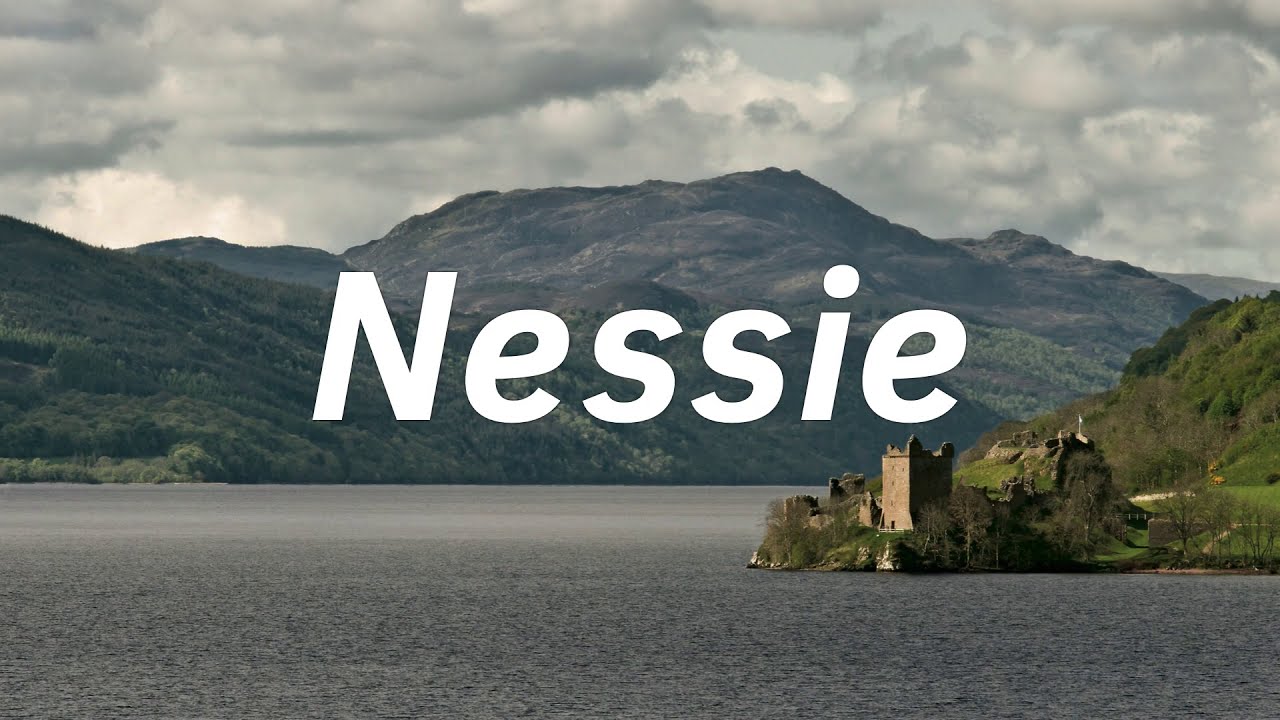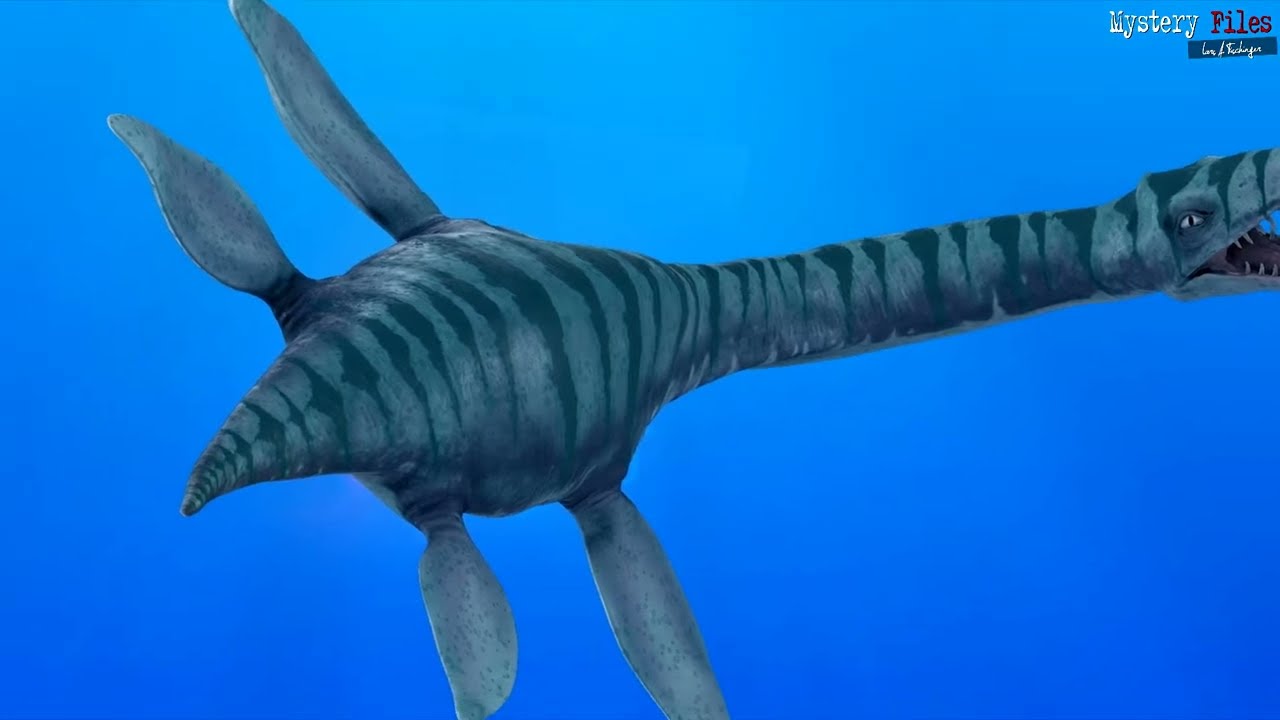
Loch Ness, the largest and deepest freshwater loch in Scotland, is infamous for the mythical sea monster known as Nessie. For years, there have been numerous sightings, photographs, and videos, but no conclusive evidence has ever been found to prove the existence of the elusive creature. In this article, we will explore the history of Nessie, what it could be, and whether or not it truly exists.
Table of Contents
Who or What is Nessie?
Nessie is a legendary creature that is said to inhabit Loch Ness, located in the Scottish Highlands. The creature is described as having a long neck and a hump-like back, with some claiming it resembles a plesiosaur, an extinct marine reptile that lived during the Jurassic period. The first recorded sighting of Nessie dates back to the sixth century when Saint Columba reportedly spotted a monster in the loch while on a mission to convert the Picts to Christianity.
When Did Nessie Become Famous?

The modern-day fascination with Nessie began in the 1930s when a road was built along the loch, making it more accessible to tourists. In 1933, a couple claimed to have seen a large creature with a long neck cross the road in front of their car, which ignited the media’s interest. From then on, Nessie became a cultural phenomenon, with numerous sightings being reported over the years.
How to Spot Nessie?

If you’re hoping to spot Nessie, your best bet is to visit Loch Ness between April and October, as this is when most sightings occur. You can take a boat tour on the loch or visit one of the many observation points along the shore. Some people believe that using sonar equipment can help detect the creature, but others argue that it could just be picking up debris or other creatures in the loch.
Pros and Cons of Believing in Nessie
Believing in Nessie can be a fun and exciting experience, but it also comes with its fair share of pros and cons. On one hand, it can be thrilling to go on a monster hunt and potentially make history by being the first person to capture concrete evidence of Nessie’s existence. On the other hand, some argue that the constant search for Nessie takes away from the natural beauty of Loch Ness and can be detrimental to the environment.
Alternatives to Nessie
While Nessie is undoubtedly the most famous creature of Loch Ness, there are other fascinating animals that inhabit the loch. These include salmon, trout, eels, and even seals. Some people have also proposed that Nessie could be a giant sturgeon, which are known to inhabit freshwater lakes and rivers and can grow up to 20 feet long.
Step-by-Step Guide to Investigating Nessie
If you’re serious about investigating Nessie and want to increase your chances of spotting the elusive creature, here’s a step-by-step guide:
- Research the history of Nessie and familiarize yourself with the most famous sightings.
- Visit Loch Ness during the peak season.
- Take a boat tour or visit an observation point along the shore.
- Bring binoculars or a camera with a high-powered zoom lens.
- Use sonar equipment if available.
- Stay patient and keep an open mind.
Comparing Nessie to Other Famous Cryptids
Nessie isn’t the only legendary creature that captures the public’s imagination. Here is a comparison of Nessie to other famous cryptids:
- Bigfoot: A large, hairy ape-like creature said to inhabit the forests of North America. While no conclusive evidence has ever been found, there have been numerous sightings and alleged footprints.
- Chupacabra: A creature said to drain the blood of livestock in parts of Latin America. It is described as having spines or quills down its back and a pronounced jawline.
- Yeti: Also known as the Abominable Snowman, it is said to inhabit the Himalayan region of Nepal and Tibet. It is described as being large and covered in fur, with some claiming it resembles a giant ape.
Tips for Visiting Loch Ness
If you’re planning a trip to Loch Ness, here are some tips to help make your experience more enjoyable:
- Visit during the peak season (April to October) to increase your chances of spotting Nessie.
- Dress warmly, as it can get cold on the loch even during the summer.
- Bring binoculars or a camera with a high-powered zoom lens.
- Take a boat tour or visit one of the observation points along the shore.
- Be respectful of the environment and try not to disturb any wildlife.
The Best Places to Stay Near Loch Ness
If you’re planning to spend a few nights near Loch Ness, here are some of the best places to stay:- The Loch Ness Lodge Hotel: Located in Drumnadrochit, this hotel offers stunning views of the loch and is just a short walk from the famous Urquhart Castle.
- The Foyers House: Situated on the quieter south side of the loch, the Foyers House offers a peaceful retreat with beautiful views of the surrounding countryside.
- The Lochside Hostel: Perfect for budget travelers, this hostel is located right on the shore of Loch Ness and offers both dormitory and private rooms.
- The Craigdarroch Inn: This cozy inn is located in the village of Foyers and offers comfortable accommodations and delicious pub fare.
- The Ness Walk: For a luxury experience, check out The Ness Walk in Inverness. This five-star hotel offers elegant rooms, fine dining, and spa treatments.
Conclusion
Despite decades of searching, the mystery of Nessie remains unsolved. While some claim that it’s just a myth or a case of mistaken identity, others believe that there could be something lurking in the depths of Loch Ness. Whether you’re a believer or a skeptic, there’s no denying that the legend of Nessie has captured the imagination of people around the world.
FAQs
- Has anyone ever found concrete evidence of Nessie’s existence?
- No, despite years of searching, no conclusive evidence has ever been found.
- What are some of the most famous Nessie sightings?
- One of the most famous sightings occurred in 1934 when a surgeon named Robert Wilson took a photograph of what appeared to be a long-necked creature swimming in the loch.
- Are there any environmental concerns associated with the search for Nessie?
- Some argue that the constant search for Nessie can be detrimental to the environment, as it can disturb wildlife and disrupt the natural beauty of the area.
- What are some alternative theories about Nessie’s identity?
- Some people believe that Nessie could be a giant sturgeon or a type of unknown species of eel.
- Can you swim in Loch Ness?
- While it is possible to swim in Loch Ness, the water is notoriously cold and can be dangerous due to strong currents and waves. It is recommended to only swim in designated areas and with a lifeguard present.

